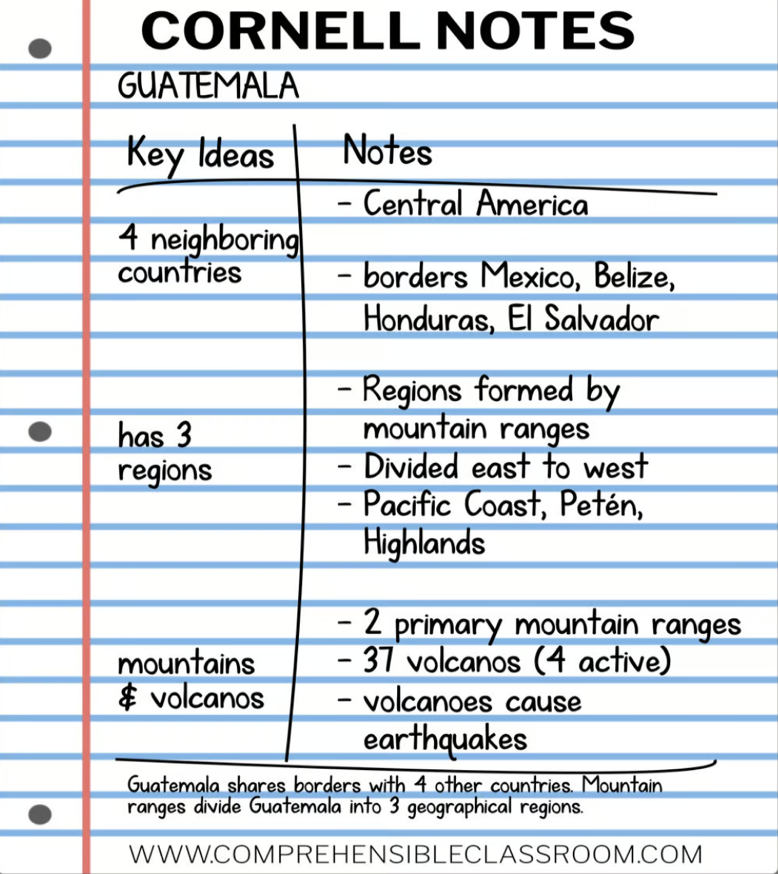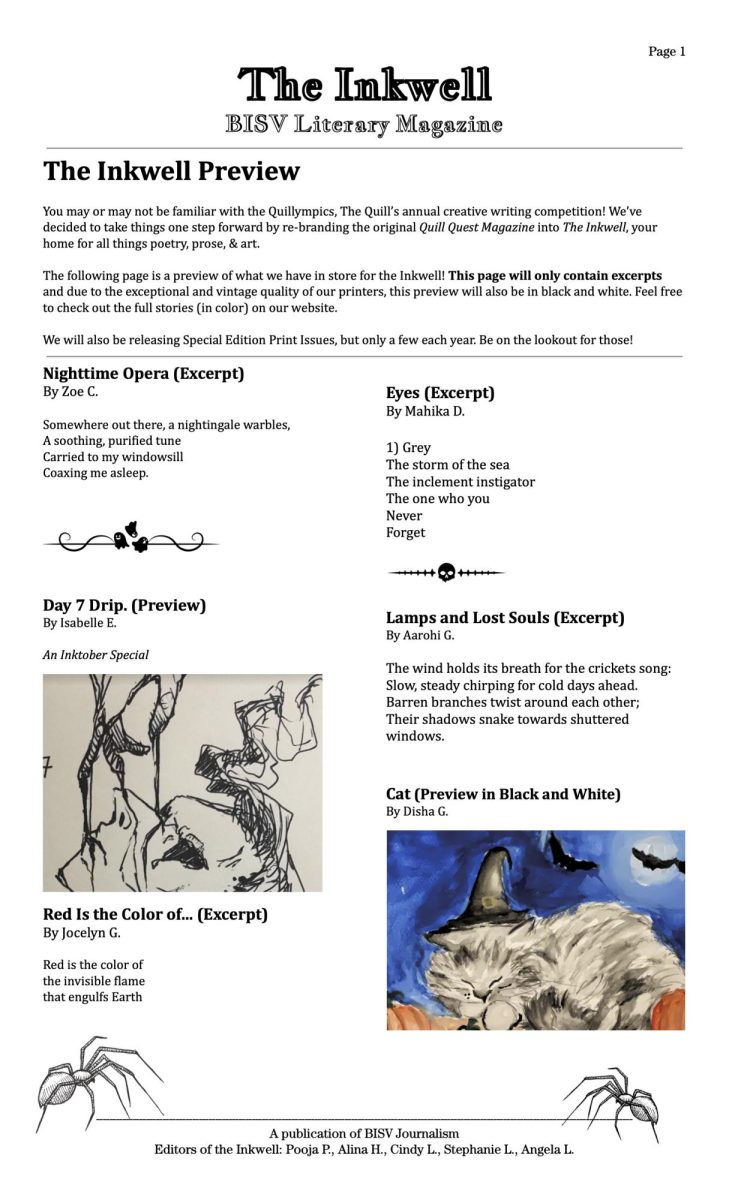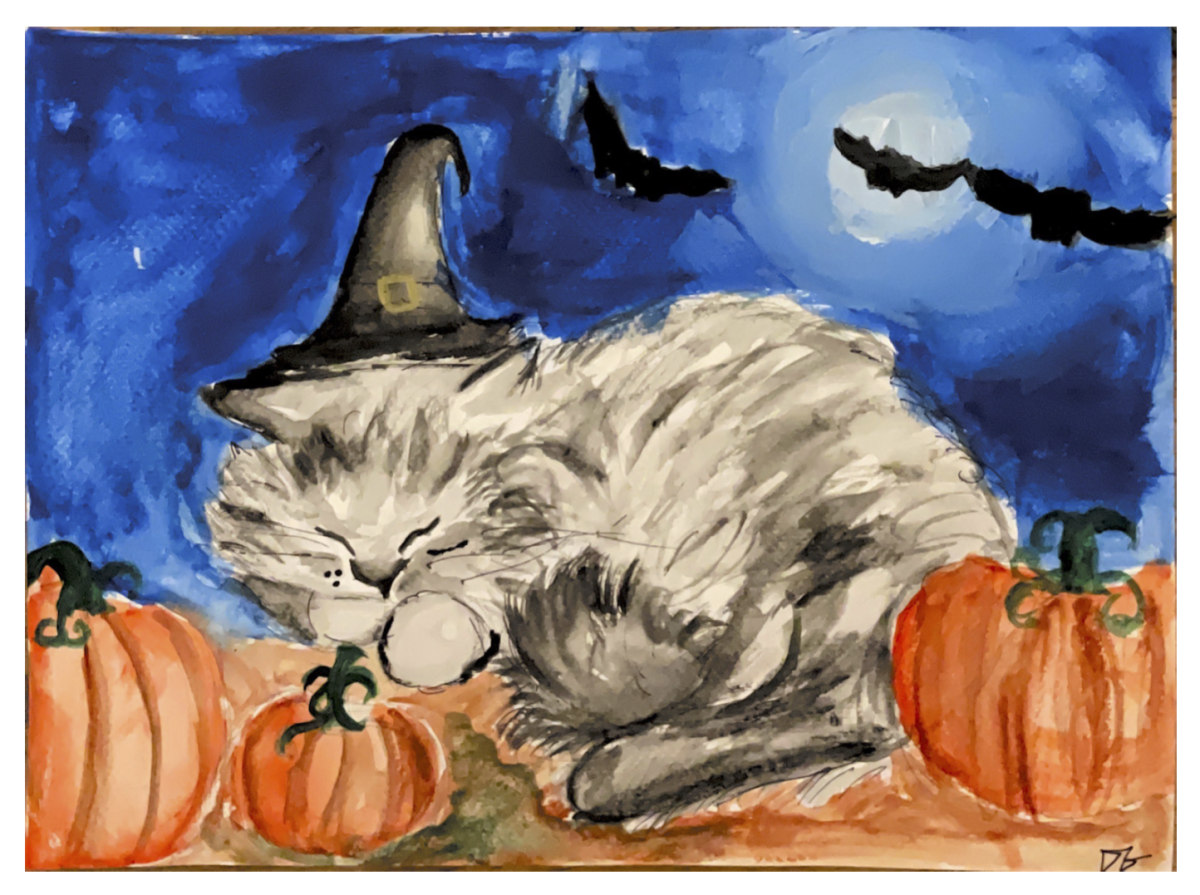A piece of paper rests unassumingly on my desk. Smooth, thin, and inexpensive, it’s the perfect medium to hold written language, or perhaps, a beautiful sketch. This genius invention, dating back almost 2000 years from ancient China, is one of the most commonplace objects in our modern lives. Over time, its purposes have evolved to be much more than a simple record-keeping device. Think of all the paper inventions we use today: books, newspapers, cardboard, paper currency, and even toilet paper. There’s a seemingly infinite number of possibilities for this all-purpose invention, yet only one stands distinctly apart from the rest in its own sphere of influence. In a practice originating from Japan, paper, through a series of precise and sequential folds, transforms into a work of art itself. Yes, you heard it right. It’s not paper for art, but paper as art.
This is origami.
The Origin and Cultural Significance of Origami
The history of paper folding can be traced all the way back to ancient China. This practice likely emerged shortly after the invention of paper in China, as there are records of ancient Chinese funerals in which paper had been folded into the shape of ancient Chinese money, the yuanbao, as a ceremonial tradition.
Paper and ideas of paper folding were brought into Japan through Buddhist monks, where it would be popularized through origami. Due to the scarcity and expense of paper, origami was originally considered as an activity for the aristocracy. It was not until the Edo period that origami became a cultural practice and leisure activity. Many origami designs came to be during this period, including the famous paper crane, which was recorded in the book Ranma zushiki in 1747.
The beginning of modern origami in Japan began with the work of Akira Yoshizawa, often known as the “father of modern origami.” His work helped create the wet-folding technique and the modern processes for diagramming origami instructions. Eventually, origami grew to be an international practice with some foreign influences shaping the modern origami style we have today.
Origami still remains as culturally significant to Japan as ever. The word ‘kami,’ meaning paper, is linked to the Shinto deity due to their identical pronunciations. The Shinto saw paper as an expression of divine nature, luck, and a representation of the human life cycle. They used origami in celebrations and ceremonies, such as folding butterflies for weddings to represent the bride and groom.
Furthermore, origami is used in Japan for educational purposes. In elementary schools, origami is taught to increase a child’s cognitive abilities, memory, and imagination. Origami had also been used to train young warriors in Japan during the Shogun period, as a means of testing their strategy and precision.
As for traditional origami, many designs were connected to different meanings. For example, the origami dragon symbolizes power, success, and wisdom, and the origami frog symbolizes the return of money that was spent. A particularly special case arises with the paper crane, an animal of longtime significance to the Japanese. Many believed that by folding a thousand paper cranes, the gods would grant them all their wishes, as the crane was a holy creature, tantamount to a god. As such, the paper crane is viewed as the most widespread and representational origami design today.
As an integral part of Japanese history, culture, and custom, origami is so much more than simply folding paper to get a cool figurine. The immense time and efforts spent to achieve the modern origami styles we have today is no small feat and should deserve far more appreciation and recognition from the world. Just like how each painstaking fold of the paper combines to create the final product, each path origami has taken throughout history has converged to become what it is today. The next time you decide to create origami art, remember to see beyond the folds.
The Benefits of Origami
As students in BISV—a school with one of the most rigorous curriculums and an at times heavy workload—it is inevitable to feel completely crushed by the immense pressure and high standards. Are you also bothered by the constant worry about grades due to the unreasonable expectations of your parents? If so, origami is for you! One of the most remarkable benefits of origami is its ability to bring forth relaxation and release your stress or anxiety. Origami requires an extreme amount of focus, and when you concentrate on the repetitive folding of paper, it becomes meditative as it helps you forget the existence of any school-related stress. This will definitely come to use during the weeks of comps (comprehensive exams) and APs!
In addition to the peacefulness it brings to you, origami also triggers brain activity both rationally and creatively. Rationally, hand-eye coordination is essential in order to master origami, the art of folding. Your brain needs to visualize and replicate the shapes on your own piece of paper with a lot of precision, while also being aware of the creases and folds that you are creating. As origami is practiced more, you will become better at engineering, architecture, and anything that requires manual skills! Moreover, learning origami assists in the development of spatial relationships and design principles. Due to the wide variety of origami designs, this increase in your creativity will definitely improve your problem-solving and critical-thinking skills, both of which are widely used in school subjects.
Furthermore, origami trains your patience and persistence. Many origami designs are extremely complex, and only patience and persistence can get you to the flawless-folded origami that you wished for. Through the experiences in the process of making origami, you will realize the utter importance of patience and persistence—the ability to accomplish a seemingly impossible goal. In the long run, the development of such qualities will prove to be especially beneficial in work and relationships.
Lastly, origami, a way of entertainment, can be used as a tool for learning and education. For instance, origami can teach geometry, as well as Japanese history. This raises the students’ interest in subjects that they deem boring, while still teaching educational materials to them. From its ability to provide relaxation to its abilities to teach valuable lessons, origami is, visibly, way more than just “a paper with folds”—its contributions to the educational system should be recognized!
A Simple Origami Guide: The Lucky Star
Step 1: Find a long, thin strand of paper

Step 2: Create a “knot” at one end of the paper

Step 3: Tighten the “knot”

Step 4: Tuck the remaining paper into the “knot”

Step 5: Wrap the paper around itself along the edges until you can’t

Step 6: Tuck the remaining paper into the folds

Step 7: Inflate it with your fingers and you have a lucky star!
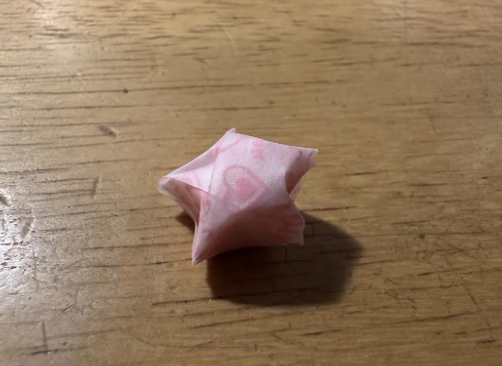
Now you try!











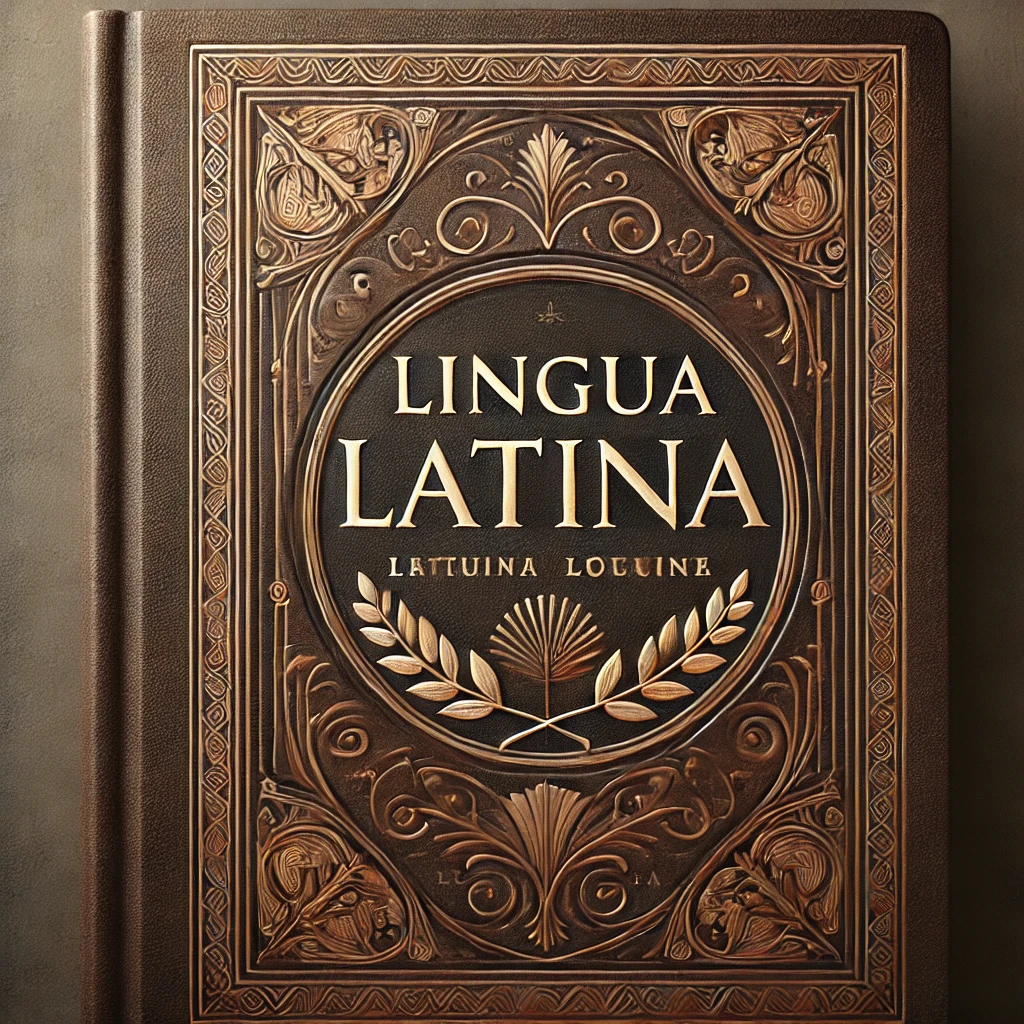


![Teacher [Milk] Tea: Part 2](https://bisvquill.com/wp-content/uploads/2024/03/Screen-Shot-2024-03-19-at-9.28.48-PM.png)
![Teacher [Milk] Tea: Part 1](https://bisvquill.com/wp-content/uploads/2024/03/milk-tea.png)
